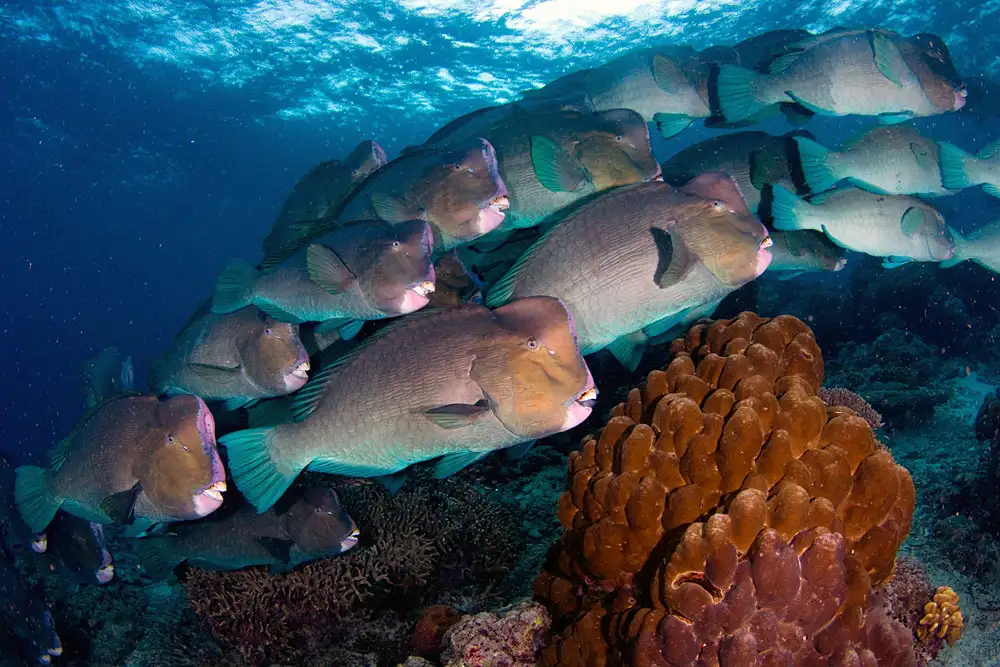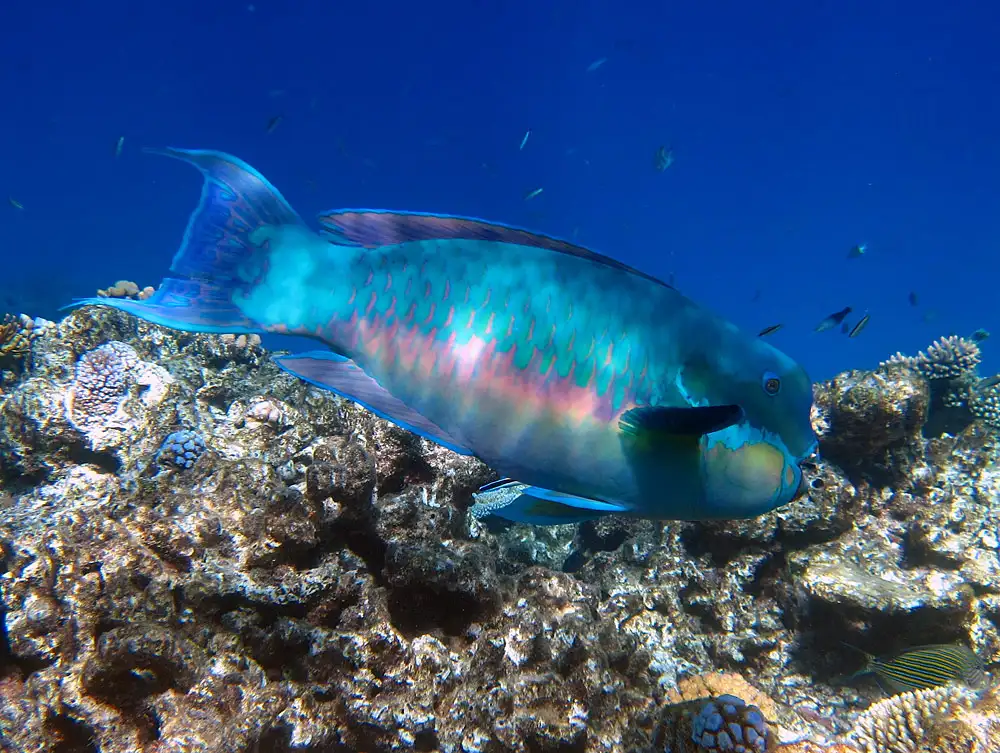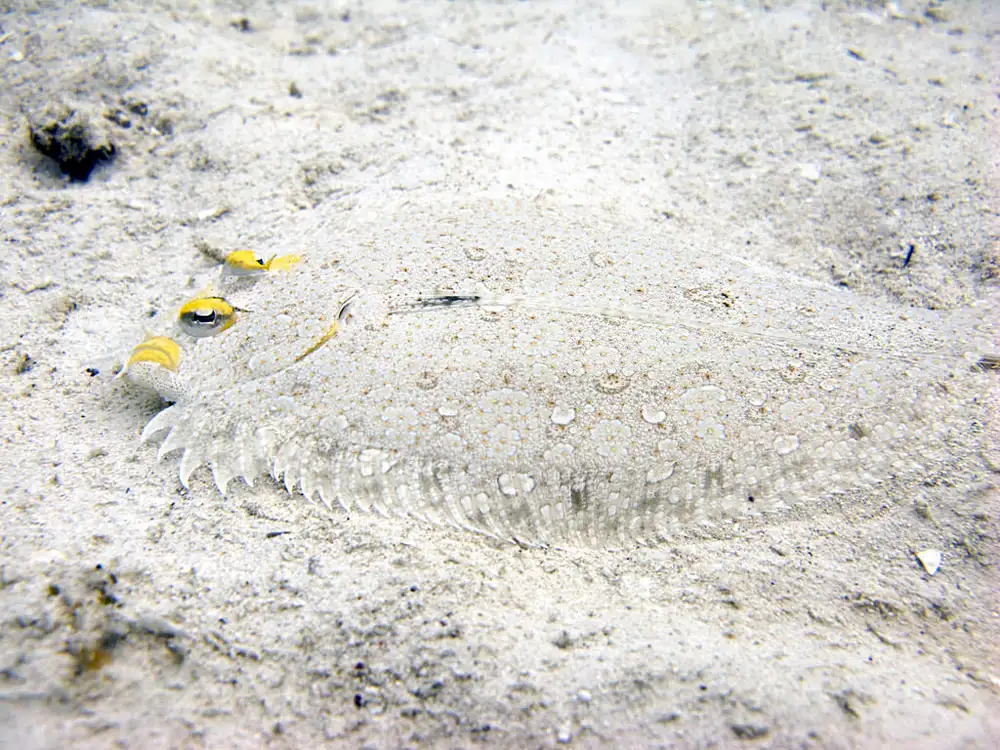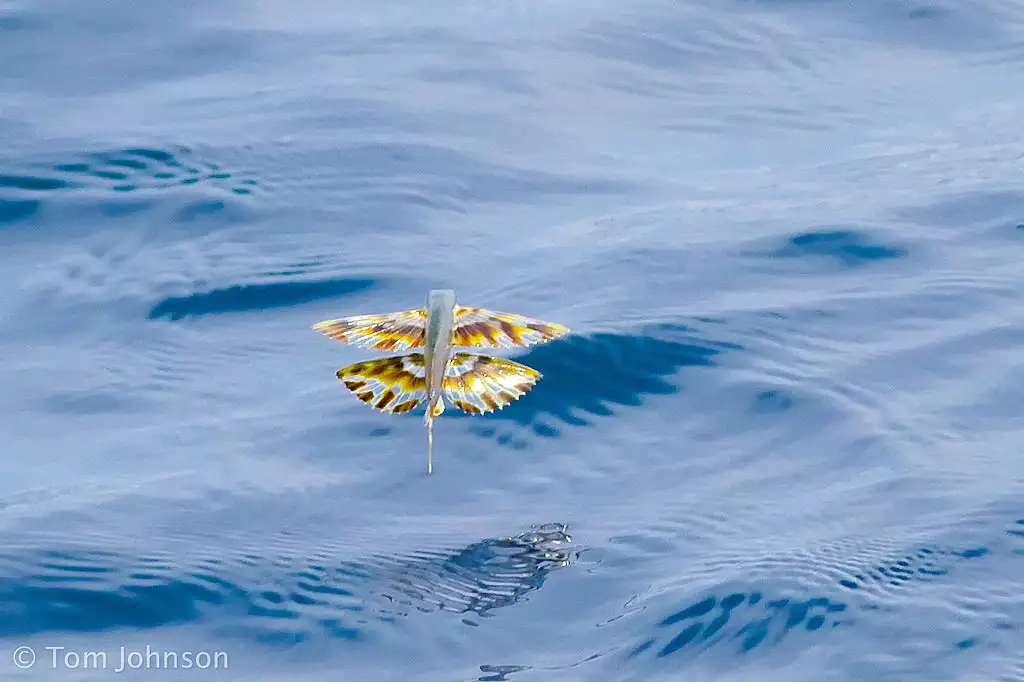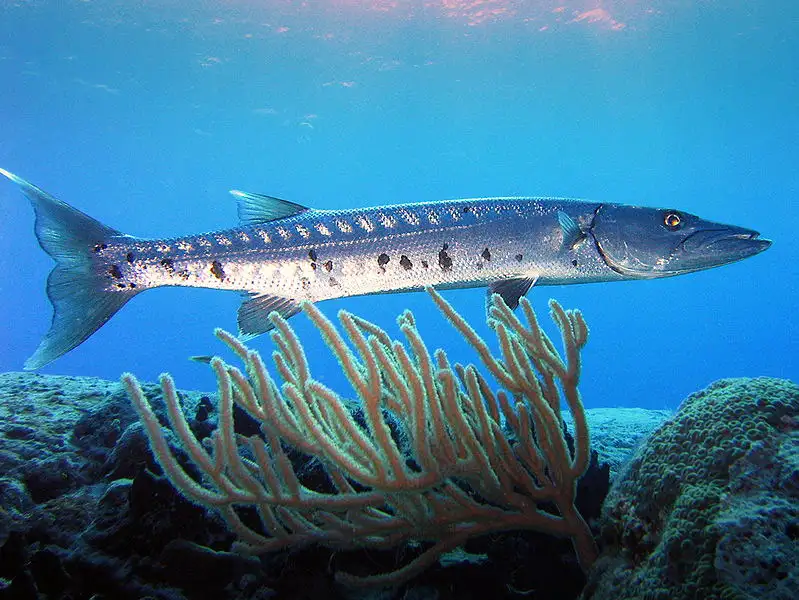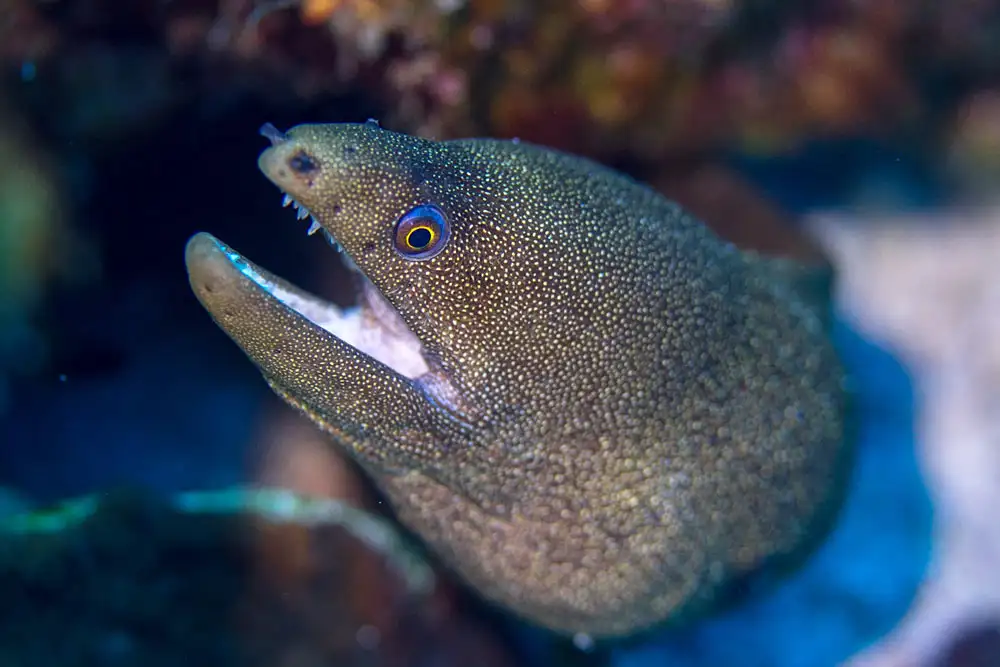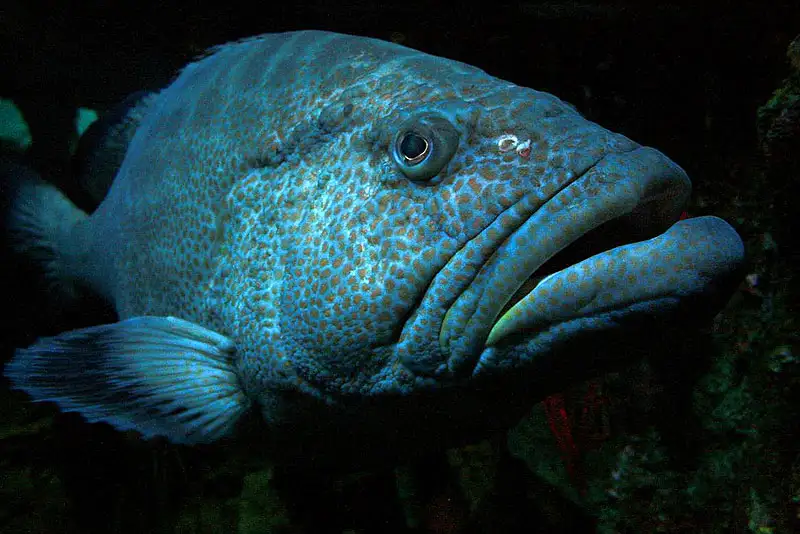Bolbometopon muricatum (Bumphead Parrotfish)
IUCN
VUBasic Information
Scientific classification
- name:Bolbometopon muricatum (Bumphead Parrotfish)
- Scientific Name:Bolbometopon muricatum
- Outline:Medium Fish
- Family:Scaridae Bolbometopon
Vital signs
- length:Typically 80–120 cm; max ~130 cm+
- Weight:Up to tens of kilograms in large adults
- lifetime:Multiple decades; slow‑growing, late‑maturing
Feature
Largest parrotfish; cephalic hump; scrapes/bites coral; key bioeroder and sand producer; schooling, spawning aggregations.
Distribution and Habitat
Indo‑Pacific outer reef slopes/crests; shallow to mid‑shallow waters from the Red Sea to Micronesia and the GBR.
Appearance
Massive hump‑headed profile; robust beak; grey‑green to bluish‑grey; truncate to slightly emarginate tail; coarse scales.
Details
Bolbometopon muricatum—the bumphead parrotfish—is the world’s largest parrotfish (family Scaridae). Adults have a distinctive forehead “bump” and feed by scraping and biting coral substratesto access algal films and endolithic organisms, acting as key bioeroders and sand producers on coral reefs.
Ecology & Biology
Diet: algal turf and organisms within/among coral frameworks; feeding often involves biting coral skeletons.
Behaviour: commonly schooling by day (dozens to hundreds) on outer reef slopes/crests; communal resting at night.
Reproduction: forms seasonal spawning aggregations with pelagic broadcast spawning; juveniles use more sheltered reef/seagrass habitats.
Life history: slow‑growing, late‑maturing and long‑lived; predictable habitats and aggregations increase fishing vulnerability.
Identification
Very large body with a massive cephalic hump; hump is used in head‑butting displays within schools.
Robust beak‑like jaws (parrotfish rostrum); overall grey‑green to bluish‑grey; juveniles show pale spots/bands.
Caudal fin truncate to slightly emarginate; coarse scales; modest sexual dichromatism.
Size & Longevity
Length: typically 80–120 cm, up to about ~130 cm or more.
Weight: can reach tens of kilograms in large adults.
Life: on the order of multiple decades (region‑dependent).
Range & Habitat
Indo‑Pacific tropical reefs from the Red Sea eastward to Micronesia/Papua New Guinea/the Great Barrier Reef, favouringouter reef slopes, crests and fore‑reefs in shallow to mid‑shallow water.
Conservation & Threats
Threats: night spearfishing, targeting of spawning aggregations, overfishing and habitat degradation.
Measures: aggregation closures, size/bag limits, marine protected areas and community‑based monitoring/management.
IUCN: widely cited as Vulnerable (VU) (check latest assessment for updates).
FAQ
Q1. Why is it called a “sand producer”? By biting and eroding coral skeletons, it excretes fine sand that contributes to reef/sand‑bank formation over time.
Q2. Is it aggressive? Generally non‑aggressive to people; head‑butting occurs in intraspecific social displays.
Q3. Why so vulnerable to fishing? Slow growth, late maturity, long life and predictable schooling/resting make it easy to target, especially with night spearfishing.
Q4. What are effective protections? Seasonal closures around aggregations, MPAs, and minimum sizes reduce pressure and aid recovery.



